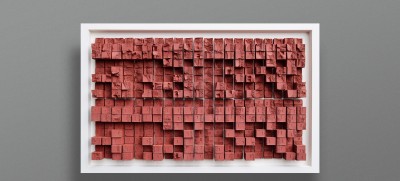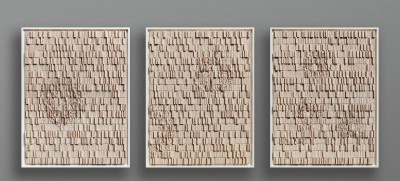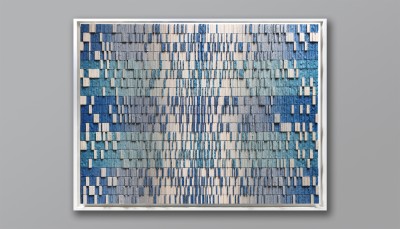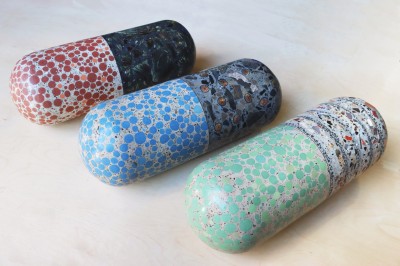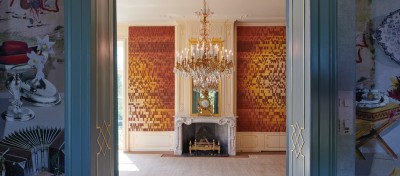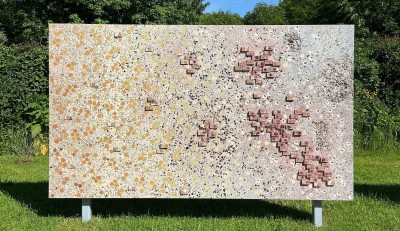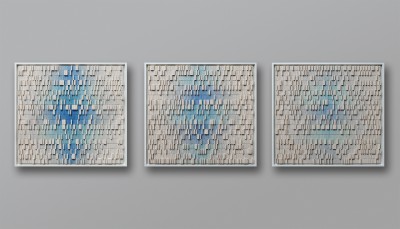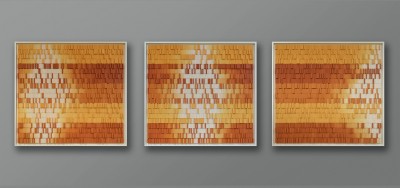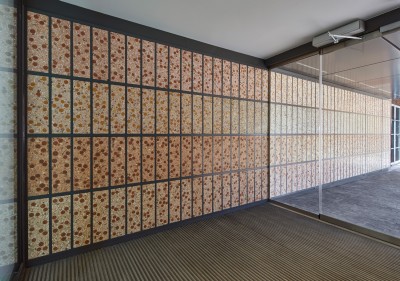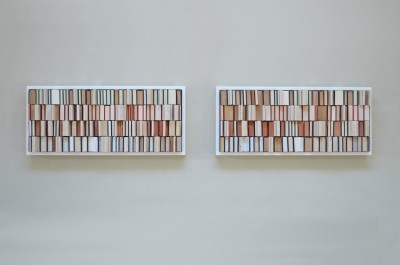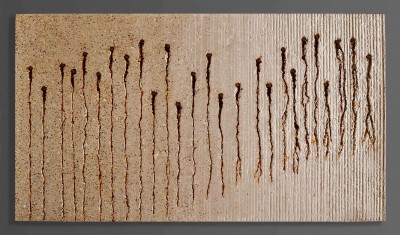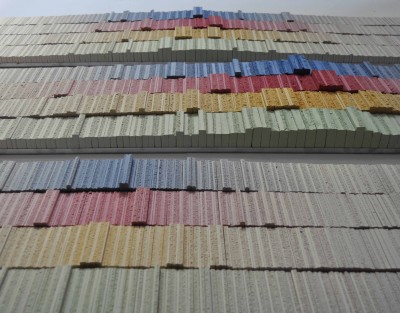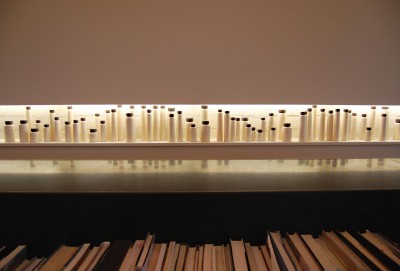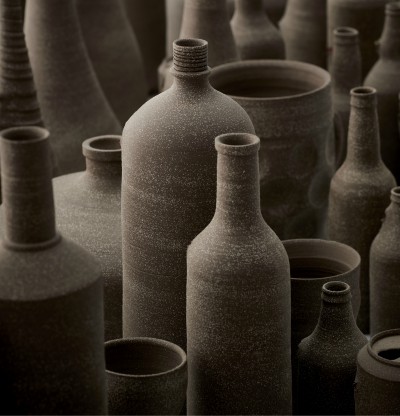De-polariszumab
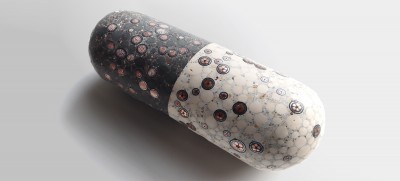
De-polariszumab 1,2 and 3
25cm x 60cm (self-healing concrete, ceramics and recycled aggregates)
De-polariszumab is a fictitious drug name for anti-polarisation.
These works mirror the polarisation now embodied and fostered in contemporary life. They speak of an antidote, however, they are heavy, oversized and difficult pills to swallow.
De-polariszumab 1 is a pill split into two halves: black and white, with different copper cables, it is a metaphor for differing ideological positions, facilitated by its own bespoke cabling network. Each half looks beautiful, is self-contained, and feels right. Put together as one,they feel irreconcilable, poles apart.
De-polariszumab 2 demonstrates ideas or ideological positions as a spectrum, because everything can be regarded as a spectrum. Black ceramics sitting in a white concrete matrix grades to white ceramics embedded in a black concrete matrix. In this transition, there is the centre, which passes through...
